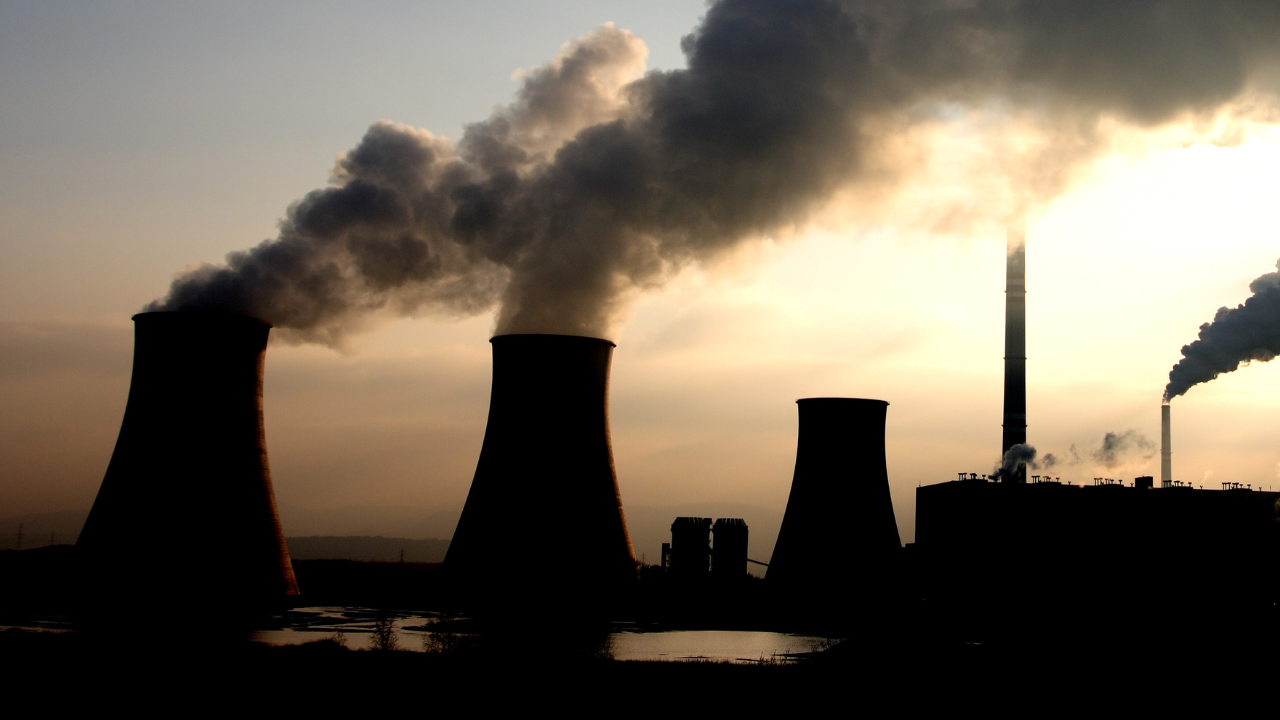
pera7 Philippines’ dependency on coal not cheap—power exec
7xm
pera7 Philippines’ dependency on coal not cheap—power exec
Updated:2024-10-22 12:37 Views:69

Coal power plant. INQUIRER STOCK PHOTO
MANILA — An official of Lopez-led First Gen Corp., the country’s leading clean energy provider, said in a recent forum that the country cannot continue to operate under the assumption that coal is cheap.
“Affordability has many dimensions to it. If we say that this fuel source is expensive today, that could not be true tomorrow,” Carlos Lorenzo Vega, vice president of First Gen Corp., told reporters on the sidelines of the Economic Journalists Association of the Philippines (EJAP)-AboitizPower Renewable Energy Forum last Friday.
Article continues after this advertisementThe forum, with the theme “Powering A Sustainable Future”, meant to tackle government and private sector initiatives towards achieving the Philippines’ 35 percent renewable energy (RE) target by 2030 and 50 percent by 2050.
FEATURED STORIES BUSINESS National ID gives more Filipinos ‘face value BUSINESS BIZ BUZZ: Unwinding Gogoro … quietly BUSINESS Polvoron maker seeks P500 million capital for expansionVega said the greenhouse gas policy conversation should not merely be a tradeoff between environmental stewardship and the cheap coal myth.
Vega noted how people in Mindanao boasted how “cheap” coal was, but the region suffered when Indonesia imposed an export ban sending coal prices soaring to $250 per metric ton from $70.
Article continues after this advertisementHe also said the same thing happened when the war erupted between Russia and Ukraine—coal prices surged as high as $380 per metric ton.
Article continues after this advertisementThe Philippines imported more than 80 percent of its coal requirements in 2023 and even more than 90 percent in previous years, according to data from the Department of Energy.
Article continues after this advertisementThe Philippines’ dependency on coal-fired power surged 62 percent last year, overtaking China, Indonesia and Poland, according to London-based energy think-tank Ember.
Last year, the share of electricity generated from coal in the Philippines climbed to 61.9 percent from 59.1 percent in 2022, making it the most coal dependent country in Southeast Asia.
Article continues after this advertisementCoal is also considered the dirtiest of all fossil fuels, responsible for over 0.3C of the 1C increase in global average temperatures, making it the single largest source of global temperature rise.
READ: Coal reliance growing in Philippines, Indonesia — report
Energy transitionVega cited the need to come up with an energy transition and infrastructure development that would be more in line with our country’s green energy goals.
While he acknowledged the demand for critical energy infrastructure that will provide our fast-developing and energy-starved regions with much-needed energy security, he also said coal energy is not the quick, easy and cheap solution to our country’s development challenges and power problems.
“The demand for power will not stop growing. And if it does not stop growing, the question is, what is the best way to serve it?” Vega asked.
The Philippine government has determined natural gas as a complementary transition fuel to support DOE’s 2020-2040 Philippine Energy Plan to ensure energy security, while enhancing the renewable energy capacity of the country.
During the recent forum hosted by the Net Zero Carbon Alliance (NZCA), First Gen Chairman and CEO Federico Lopez said the key elements of the energy transition involve reducing the carbon intensity of electricity while simultaneously scaling up energy efficiency efforts.
Lopez said by 2050 “we will need five times the electricity we use today; and we will need 10 to 12 times the clean energy in use today.”
Natural gas, he said, is very important in the energy transition because natural gas has the ability to do two things: it can generate a kilowatt-hour with half the emissions of a coal plant.
Secondly, he noted, as more and more REs come into the grid, natural gas can provide stability to the intermittent nature of REs, because gas power plants can ‘load follow,’ and can ramp up and down very quickly, something coal-fired plants cannot do.
First Gen Corporation is one of the biggest independent power producers in the country and the leading gas power generation company in the Philippines with approximately 2,000 MW in operating gas assets composed of four gas-fired power plants – the 1,000 MW Santa Rita Power Plant, the 500 MW San Lorenzo Power Plant, the 414 MW San Gabriel Power Plant, and the 97 MW Avion Power Plant.
Subscribe to our daily newsletter
READ: Coal-fired generators still Philippines’ top source of electricitypera7
READ NEXT Some superheroes wear veils Cebu Pacific stirs excitement for 2025 with Piso Sale EDITORS' PICK Central Visayas’ most wanted killed in shootout in Argao, Cebu Liam Payne had cocaine in his system when he died, says official UPDATES: 2025 elections precampaign stories LIVE UPDATES: Tropical Storm Kristine QC Mayor Belmonte highlights social services in State of City Address Kristine gets nearer; Metro Manila, 42 other areas under Signal No. 1 MOST READ SC issues TRO vs Comelec resolution on dismissed public officials Tropical Storm Kristine slightly intensifies; Signal No. 2 in 5 areas LIVE UPDATES: Tropical Storm Kristine Green spaces driving growth: How Filinvest City's Park System enhanced its property value View comments